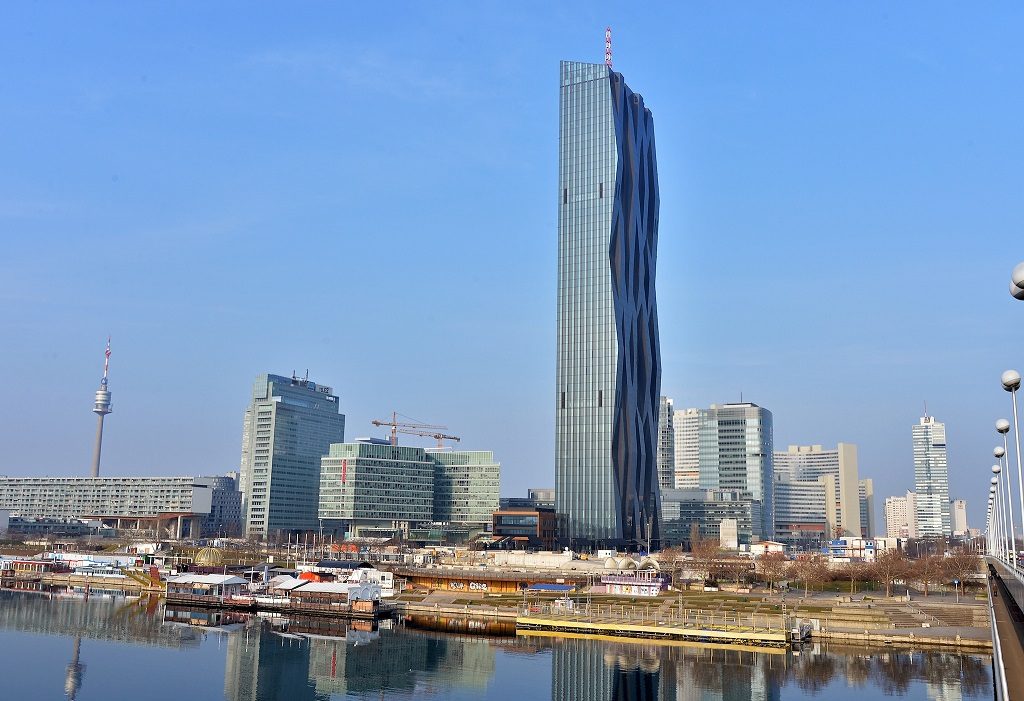Who associates Vienna only with Baroque, historicism and Bauhaus, which deceives. Modern architecture in Vienna has shaped the cityscape since the post-war era, even causing a scandal in the process. Whether the bizarre buildings of the 60s, the residential buildings of the 80s or everything from 2000: Vienna offers a lot of modern architecture inside and outside the center.

The “Austrian Phenomenon”
Many designs by Viennese architects in the 1960s were particularly visionary, but they were rarely and only realized on a small scale. A testimony of this time is about the former candle shop Retti on Kohlmarkt, which is inspired by space travel. Despite fewer implementations, this time is still known today as the “Austrian Phenomenon”.
Haas-Haus and Hundertwasser
In the 80s, there were then several scandals. On the one hand, the Haas Haus, designed by star architect Hans Hollein, directly opposite St. Stephen’s Cathedral, which forms a strong contrast to the historic building due to the glass façade. On the other hand, the most famous buildings of the artist Friedensreich Hundertwasser. This created with the waste incineration plant and the Hundertwasser House, a community building in Vienna, Vienna landmarks that attract many visitors today.
Modern architecture since 2000
At the beginning of the 2000s several landmarks were added. The Museumsquartier right next to the Kunst- und Naturhistorisches Museum was a huge project, and the landing stage of the Twin City Liners also has a lasting effect on the image of the Danube Canal. Only in 2013, the DC Tower 1 was completed, one of two planned towers, which are also the tallest buildings in Vienna. It is located right next to the UNO City.
From the tower one also sees on one of the last large projects Zaha Hadids: The library of the economic university Vienna. Divided into two parts (light and dark) and kept white from the outside, it offers more than 24,000 students a platform for communication and creativity.
Many of the modern buildings are freely accessible and therefore open to any visitor interested in architecture.



